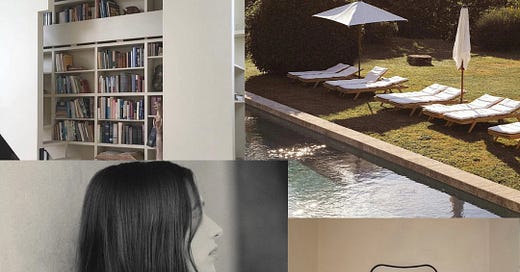Cultural Currency. A sum of small things
We could be experiencing one of the key lifestyle shifts of our generation.
One of the most intriguing topics for me when it comes to fashion and style is the psychology behind how, within seconds, we interpret someone’s look and place them into groupings — are they part of our group, or do they belong to someone else’s? As briefly mentioned in my previous post, I recently stumbled upon the term Wealth Signalling, and it spoke to a concept I had often found myself thinking about. While much of the current conversation around ‘quiet luxury’ focuses on clothes, accessories, brands, and personal style, there is so much more to unpack.
I’m not the only one who finds this topic fascinating — the observation goes back centuries.
In a 2017 BBC article, it cited:
“In 1899, the economist Thorstein Veblen observed that silver spoons and corsets were markers of elite social position. In Veblen’s now-famous treatise The Theory of the Leisure Class, he coined the phrase ‘conspicuous consumption’ to denote the way that material objects were paraded as indicators of social position and status. More than 100 years later, conspicuous consumption is still part of the contemporary capitalist landscape, and yet today, luxury goods are significantly more accessible than in Veblen’s time.” 1
The article, written by Elizabeth Currid-Halkett, references her book A Sum of Small Things: The Theory of the Aspirational Class. She theorises that the leisure class has been replaced by the aspirational class — a group defined as highly educated and motivated by cultural capital rather than income bracket. In contrast to Veblen’s idea of ‘conspicuous consumption,’ Currid-Halkett notes that the aspirational class prioritises inconspicuous consumption, or in modern terms, an "if-you-know-you-know" type of consumption.




